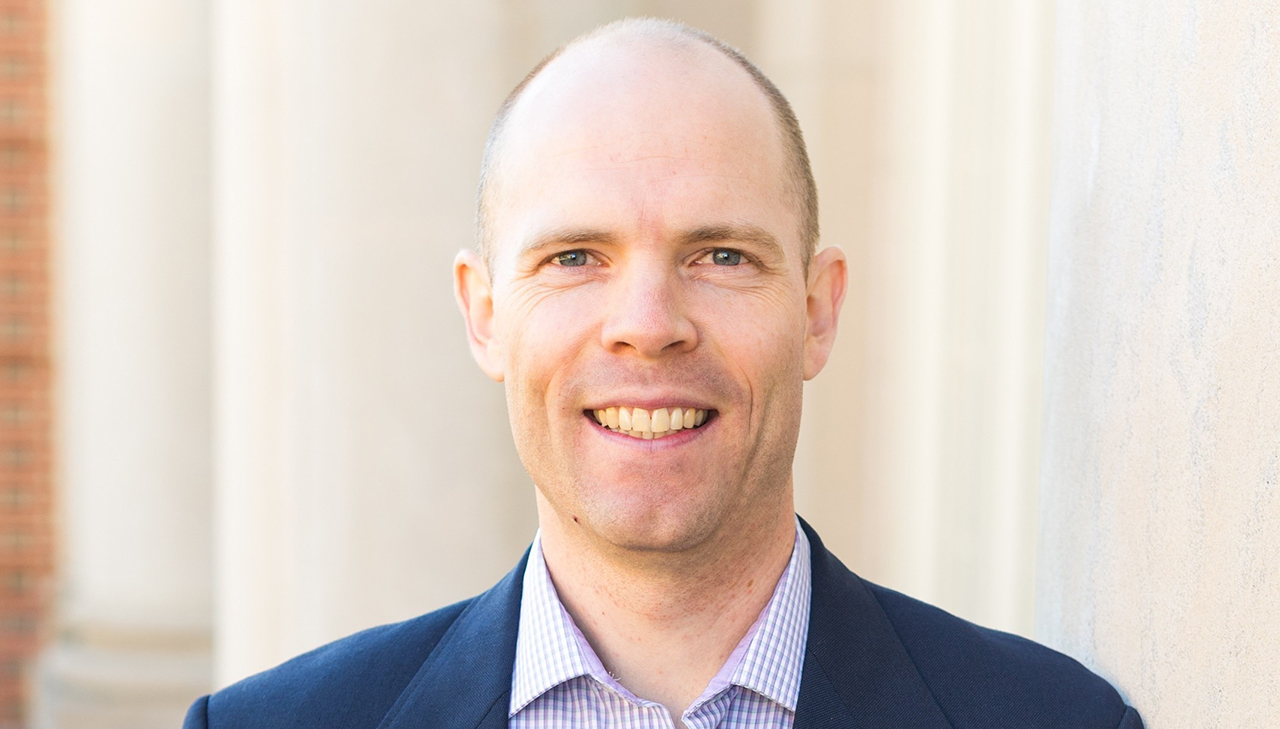
Anheuser-Busch shifted the distribution of a portion of their brand messaging to online
platforms that reach younger consumers and they’re getting credit for supporting one
of the most challenging public health initiatives in decades. We call that smart marketing.
Anheuser-Busch announced last week that it will not run a much-anticipated new Budweiser
ad during this year’s Super Bowl TV broadcast. Instead, Anheuser-Busch will donate
the millions they will save to critical COVID-19 vaccination awareness initiatives.
This move has sparked controversy in advertising, business and mainstream media outlets
alike.
 On the one hand, Anheuser-Busch’s public commitment to such a timely and worthy cause
is admirable. They appear to be empathetic to everything their customers have endured
over the past year and are enduring still. People are tired, they’re struggling –
financially and emotionally – and vaccines appear to be the ray of hope on the horizon.
But the vaccine roll-out faces monumental challenges, not the least of which is the
need for reliable information about the vaccines and their impact. Anheuser-Busch’s
dollars and consumer engagement can help.
On the one hand, Anheuser-Busch’s public commitment to such a timely and worthy cause
is admirable. They appear to be empathetic to everything their customers have endured
over the past year and are enduring still. People are tired, they’re struggling –
financially and emotionally – and vaccines appear to be the ray of hope on the horizon.
But the vaccine roll-out faces monumental challenges, not the least of which is the
need for reliable information about the vaccines and their impact. Anheuser-Busch’s
dollars and consumer engagement can help.
But we see the bigger picture here a little differently. This is a savvy business
decision – pure and simple.
First off, it’s not as if Anheuser-Busch isn’t advertising at all during the broadcast.
They are, in fact, placing new ads promoting some of their other brands. According
to Marcel Marcondes, U.S. Chief Marketing Officer at Anheuser-Busch, the company has
purchased four minutes of ad time this year, the same amount as last year, including
new spots for their Bud Light brand (No. 1 selling beer in the U.S.), Michelob Ultra
and the new Bud Light Seltzer. These products represent the growth segments of their
portfolio.
Let’s remember that last year Anheuser-Busch spent more than $41 million in Super
Bowl ads – this year they are projected to spend a similar amount to reach more than
100 million potential customers in the U.S. alone. The cost of creating and running
these ads far exceeds what Anhesuer-Busch will save by not running their annual Bud
commercial.
Let’s do the math. Assume the cost of placing a 30-second Super Bowl ad for Anheuser-Busch
is roughly $5.5 million, give or take. Toss in the cost of creative, and we’re close
to $10 million for a single ad, perhaps more. Will all those dollars saved now flow
directly into COVID-19 vaccine awareness initiatives? That’s not clear from Anheuser-Busch’s
announcement – they’ve yet to set a definitive donation amount. A closer look, however,
suggests that the total will be much lower than that.
Why? For one thing it turns out that Anheuser-Busch has, in fact, created a new 90-second
Budweiser ad this year, targeted for play online via their extensive social media
platforms. So, the cost of creating this year’s Bud ad doesn’t seem to be in the savings/donation
mix – it has already been spent. They’re simply moving ad placement from expensive
broadcast TV to much lower-cost digital platforms. This is a savvy, strategic expansion
of their expensive TV advertising campaigns designed to embrace increasingly cost-effective
digital channels.
And social media channels are particularly effective in engaging customers in a brand’s
corporate social responsibility initiatives – the stated intent of their decision.
What’s more, the online ad that replaces Anheuser-Busch’s annual TV spot for Bud ends
with a direct call-to-action encouraging their customers to get vaccinated as soon
as possible. This is a compelling and vital corporate marketing strategy.
But it’s in the free media coverage Anheuser-Busch has already generated in advance
of the game where Anheuser-Busch’s approach generates the biggest return on investment.
Competition for visibility during the ad-saturated annual event is fierce, with the
winners garnering coverage across a pre- and post-game media analysis news cycle that
has already begun. Many people watch the Super Bowl for the ads, and next-day conversations
are often as much about which ads were more memorable as the game itself.
The buzz ignited by Anheuser-Busch’s decision not to run an iconic Bud ad after 37
years inserts another high-visibility element into the ad contest equation. Anheuser-Busch
and their individual brands are now guaranteed to be a part of the Super Bowl ad game
conversation, no matter how well their Bud Light, Bud Light Seltzer and Michelob Ultra
ads resonate during the game and after.
So, Anheuser-Busch is having it both ways and then some. They’ve managed to keep their
aging Budweiser brand relevant without airing a new Bud ad on broadcast TV. Anheuser-Busch
shifted the distribution of a portion of their brand messaging to online platforms
that reach younger consumers and they’re getting credit for supporting one of the
most challenging public health initiatives in decades.
We call that smart marketing.
Dr. Linda Ferrell is the John Roth Family Faculty Fellow of Marketing and Business Ethics at the Harbert College.
Dr. O.C. Ferrell is the James T. Pursell, Sr., Eminent Scholar Director of Center for Ethical Organizational Cultures at the Harbert College.


 Degrees & Programs
Degrees & Programs
 Faculty & Staff
Faculty & Staff
 Career Development
Career Development
 Recruiters & Industry
Recruiters & Industry

 On the one hand, Anheuser-Busch’s public commitment to such a timely and worthy cause
is admirable. They appear to be empathetic to everything their customers have endured
over the past year and are enduring still. People are tired, they’re struggling –
financially and emotionally – and vaccines appear to be the ray of hope on the horizon.
But the vaccine roll-out faces monumental challenges, not the least of which is the
need for reliable information about the vaccines and their impact. Anheuser-Busch’s
dollars and consumer engagement can help.
On the one hand, Anheuser-Busch’s public commitment to such a timely and worthy cause
is admirable. They appear to be empathetic to everything their customers have endured
over the past year and are enduring still. People are tired, they’re struggling –
financially and emotionally – and vaccines appear to be the ray of hope on the horizon.
But the vaccine roll-out faces monumental challenges, not the least of which is the
need for reliable information about the vaccines and their impact. Anheuser-Busch’s
dollars and consumer engagement can help. 




